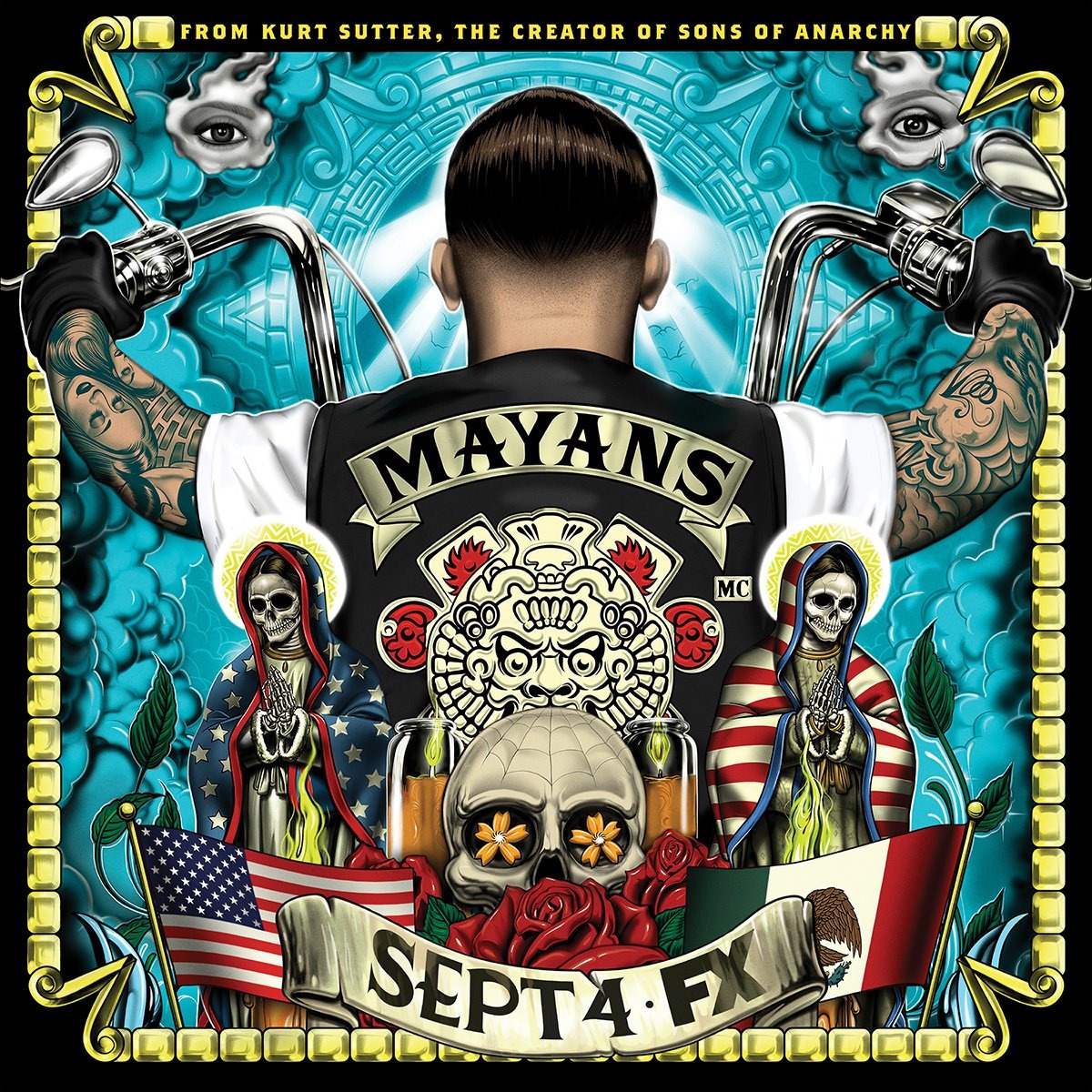The Mayans were an extraordinary civilization that flourished in Mesoamerica, captivating historians and archaeologists alike with their sophisticated culture, advanced knowledge, and enigmatic practices. Their legacy is rich with achievements, from remarkable architectural structures to complex astronomical systems. Understanding the Mayans requires delving into their way of life, their innovations, and the mysteries that surround their decline. This article aims to explore various facets of the Mayan civilization, shedding light on their historical significance and the ongoing fascination they inspire today.
The ancient Mayans inhabited regions that are now part of Mexico, Guatemala, Belize, Honduras, and El Salvador. They are renowned for their impressive city-states, such as Tikal, Calakmul, and Palenque, which served as cultural and political hubs. The Mayans made substantial advancements in various fields, including mathematics, astronomy, agriculture, and writing. Their intricate calendar system and hieroglyphic script remain subjects of study and admiration. Despite the decline of their civilization, the influence of the Mayan people persists, as descendants continue to inhabit the region and uphold aspects of their rich heritage.
In this exploration of the Mayans, we will address key questions regarding their society, achievements, beliefs, and the reasons behind their eventual decline. By examining these areas, we can gain a deeper understanding of this remarkable civilization and its lasting impact on the world. Join us as we embark on a journey through time to unravel the mysteries of the Mayans.
What Were the Key Achievements of the Mayans?
The Mayans were remarkable for their numerous achievements, which laid the groundwork for many aspects of modern civilization. Some of the key achievements include:
- Astronomy: The Mayans had an advanced understanding of celestial bodies and developed precise calendars based on their observations.
- Architecture: They constructed impressive pyramids, temples, and palaces, showcasing their architectural prowess.
- Mathematics: The Mayans invented the concept of zero and used a vigesimal (base-20) number system.
- Writing: They created a complex hieroglyphic script, one of the few fully developed writing systems in pre-Columbian America.
How Did the Mayans Organize Their Society?
The Mayan society was intricately structured, with a clear hierarchy. At the top of this hierarchy were the kings and noble classes, who held political power and religious authority. Below them were the common people, including farmers, artisans, and laborers, who formed the backbone of the economy. The organization of Mayan society can be summarized as follows:
- Nobility: Comprised the ruling class, priests, and high officials.
- Commoners: Included farmers, artisans, and merchants.
- Slaves: Often captured during wars, they were used for labor and household duties.
What Role Did Religion Play in Mayan Life?
Religion was a fundamental aspect of Mayan culture, influencing every aspect of their daily lives. The Mayans practiced polytheism, worshiping a pantheon of gods associated with nature, agriculture, and celestial bodies. Religious rituals and ceremonies were essential for appeasing these deities. The following elements highlight the significance of religion in Mayan life:
- Rituals: Ceremonies often included offerings, bloodletting, and human sacrifices to honor the gods.
- Temples: Massive pyramids and temples were constructed as places of worship and to honor the gods.
- Calendar Systems: They used intricate calendars to determine the timing of religious events and agricultural activities.
What Caused the Decline of the Mayans?
The decline of the Mayan civilization remains a topic of debate among historians and archaeologists. Several factors contributed to their eventual downfall, including:
- Environmental Changes: Deforestation and climate change may have led to agricultural decline and food shortages.
- Warfare: Increased conflict between city-states could have destabilized the region.
- Social Disintegration: Rising social tensions and class divisions may have contributed to the collapse of the political structure.
Where Can We Find Remnants of Mayan Civilization Today?
Today, the remnants of the Mayan civilization can be found throughout Mesoamerica. Several archaeological sites have been uncovered, revealing the grandeur of their cities and cultural practices. Some notable sites include:
- Tikal: One of the largest and most significant Mayan cities located in present-day Guatemala.
- Chichen Itza: A UNESCO World Heritage site in Mexico, known for its iconic pyramid, El Castillo.
- Palenque: Famous for its well-preserved ruins and intricate carvings.
What Is the Legacy of the Mayans in Modern Culture?
The legacy of the Mayans lives on in various aspects of modern culture. Their contributions to mathematics, astronomy, and agriculture have influenced contemporary practices in these fields. Additionally, the Mayan calendar has gained popularity in popular culture, particularly around the 2012 phenomenon. Furthermore, the descendants of the Mayans continue to preserve their customs, languages, and traditions, enriching the cultural tapestry of Mesoamerica.
How Do Modern Scholars Study the Mayans?
Modern scholars utilize a variety of methods to study the Mayans, combining traditional archaeological techniques with advanced technology. Some of the approaches include:
- Excavation: Archaeologists excavate ancient sites to uncover artifacts and structures.
- Remote Sensing: Techniques like LiDAR (Light Detection and Ranging) allow researchers to map large areas without disturbing the ground.
- Interdisciplinary Studies: Collaborations with experts in history, anthropology, and linguistics help create a comprehensive understanding of Mayan culture.
What Are the Myths Surrounding the Mayans?
Various myths and misconceptions surround the Mayans, often fueled by popular media and sensationalism. Some common myths include:
- Human Sacrifice: While human sacrifice did occur, it was not as prevalent as often portrayed in media.
- Calendar Predictions: The Mayan calendar was misinterpreted in relation to apocalyptic predictions.
- Advanced Technology: While they were advanced for their time, the Mayans did not possess technology comparable to modern society.
In conclusion, the Mayans represent a fascinating civilization that continues to intrigue and inspire. Their achievements in various fields and their intricate social structure provide valuable insights into human history. By exploring their legacy, we can appreciate the complexity of their culture and the reasons behind their enduring influence. Whether through archaeological discoveries or the ongoing traditions of their descendants, the story of the Mayans remains a vital part of our understanding of ancient civilizations.
.jpg)



